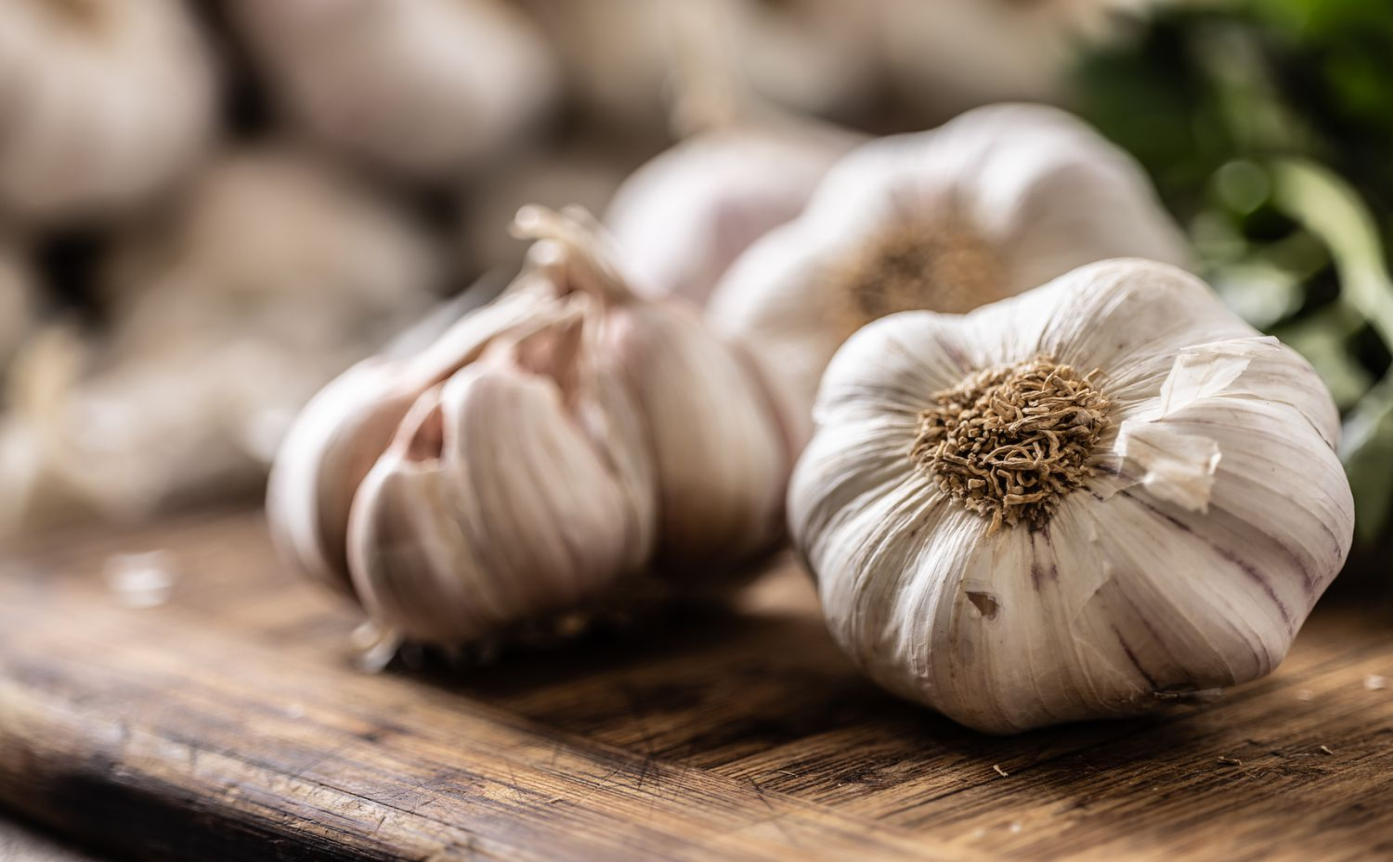Free Courses Sale ends Soon, Get It Now


Free Courses Sale ends Soon, Get It Now



Copyright infringement not intended
Picture Courtesy: www.health.com
Context: The increase in garlic prices can be attributed to a combination of factors related to the production and harvesting of garlic crops in India.
Key reasons for the surge in garlic prices and the anticipated trends:
Delayed Harvest of Kharif Crop
High Demand and Slow Arrival
Market Dynamics in Mandsaur
Duration of High Prices
Impact on Rabi Crop
Storage and Availability
Conclusion
|
PRACTICE QUESTION Q. How has inflation impacted the economic landscape in India over the past decade, and what measures are being taken to address its effects on the country's growth and consumer welfare? |
© 2024 iasgyan. All right reserved